How to Distinguish F-16 Models?
The F-16 Fighting Falcon is a single-engine fighter aircraft developed by General Dynamics for the US Air Force. The Fighting Falcon, which was originally designed as a lightweight fighter, has been modernized over the years in line with the needs of the armed forces and has evolved into a multirole combat airfighter that can be used for different operations today. With its improved usability, maneuverability and time-proven success, it has been exported to many countries outside the US Air Force. As of July 2016, it ranks 3rd among the aircraft produced after World War II with 4,573 units. (MiG-21 is in the first place with a production number of more than 10000, and the F-4 Phantom II is in the second place with a production number of more than 5000.) The F-16, which made its first flight in February 1974, still continues to be used and produced in different versions for the air forces of 29 different countries.
Today, we will talk about how the modernizations we mentioned in our article affect the Fighting Falcon, how we can distinguish them, and how we can respond to discourses such as "Almost 50 years old aircraft, why is this junk still used?" We wish you pleasant reading.
A General Dynamics design, the F-16 (its first prototype was named the YF-16) faced off against the Northrop-designed YF-17 in the finals as part of the LWF (The Lightweight Fighter Programme) launched in the late 1960s. YF-16 won the competition by dominating YF-17 in every field in the final. After this competition, the YF-17, which has a different story, was developed to be used on aircraft carriers and continued its career as a navy aircraft. It is known as the ancestor of the aircraft known today as the F/A-18.
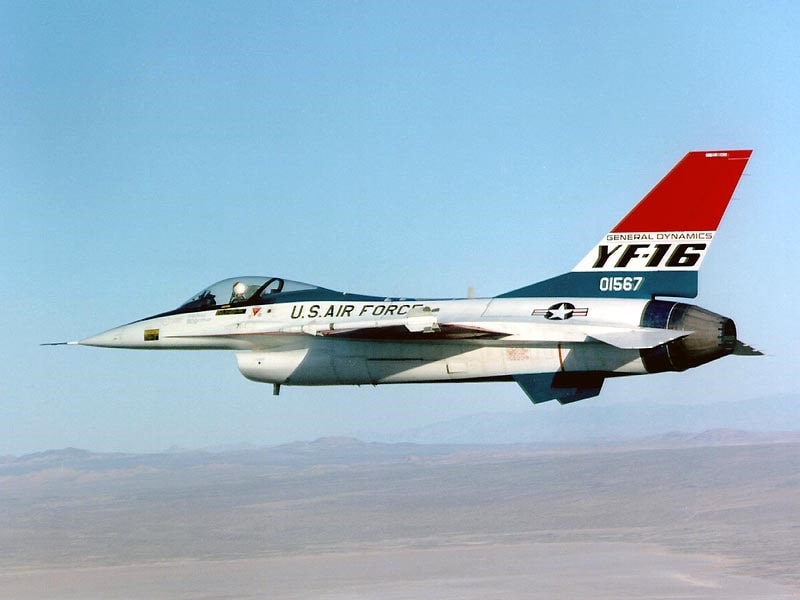
YF-16 (General Dynamics)
The design requested from the designers in the LWF tender was for the aircraft to be a "real day fighter". Therefore, the YF-16 did not have a radar, and since its turning radius was very narrow, it could easily meet the criteria specified in its job description, such as "going behind the enemy by dog-fighting and shooting down the enemy with an IR guided missile or cannon". The YF-16 was exactly as intended a prototype and a real day fighter.
Today, the air forces of 29 different countries in the world use different models of the F-16 Fighting Falcon. In 1993, General Dynamics sold its production rights to Lockheed, and Lockheed merged with Martin Marietta to become Lockheed Martin.
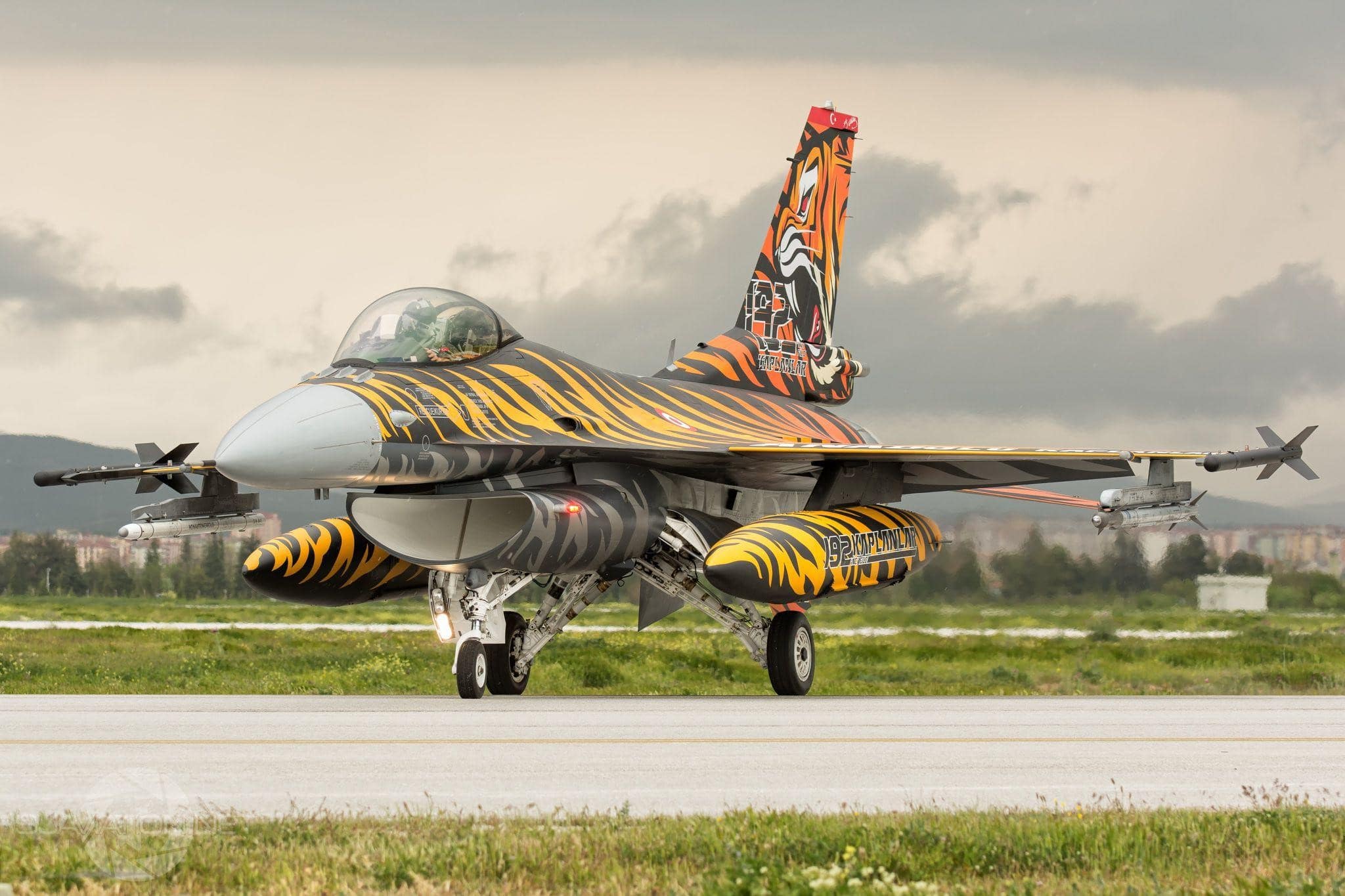
Turkish Air Force's 192nd Squadron (Tigers) F-16C Block 50 Fightning Falcon
In the beginning, this prototype which did not even have a radar, was planned to be produced for day hunting and dog fighting. As a result of the modernizations it has undergone over the years, this aircraft, which has eleven hardpoint and two softpoint loading points, can withstand 9G force, can accelerate vertically when necessary, has air-land and air-air warfare and high maneuverability, can detect even very low-flying aircraft thanks to its powerful radar. In addition, thanks to all these modernizations, it now functions as a multirole combat airfighter. The F-16 is also known as the first aircraft in which auxiliary systems were introduced between the pilot and the aircraft. (Fly By Wire)
As we have mentioned since the beginning of our article, as a result of the modernizations of the F-16s in line with the demands of the air forces of the countries, they have constantly renewed themselves and various versions have emerged. First of all, we can talk about the differences between these models, regardless of the modernization of the aircraft, with the difference in the cockpit that can be entered by one or two people. The F-16A/C/E has a single-seat cockpit and the F-16B/D/F/I has a double-seat cockpit. Secondly, the subject we can give an example is engines. General Electric brand engines are used in F-16 Block 30-40-50-60 models, Pratt & Whitney brand engines are used in F-16 Block 1-5-10-15-20-25-32-42-52 models.
Well, if you were to ask what are the specific differences between the blocks, what are the main differences provided by the modernizations, let's examine them a little bit;
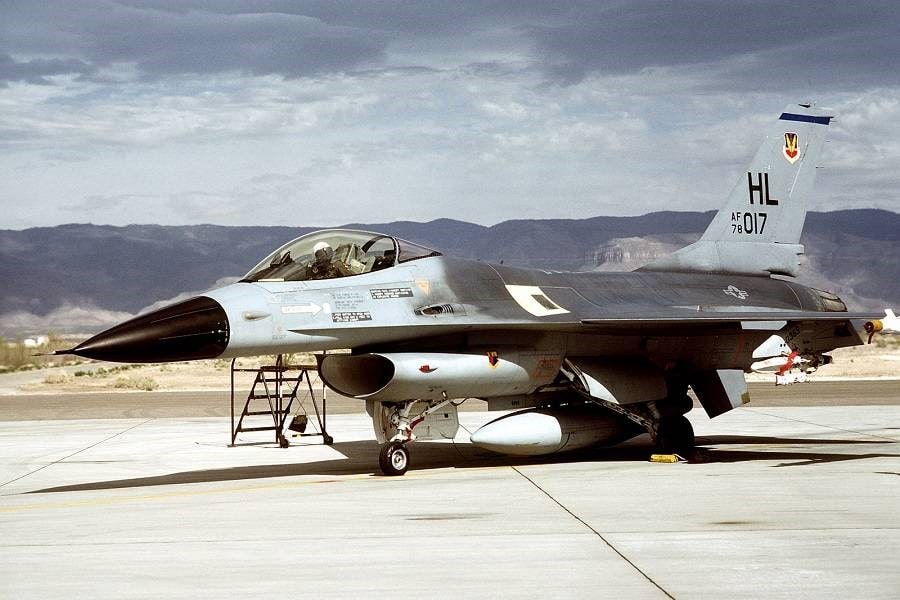
F-16A Block 1 Fightning Falcon
F-16A/B BLOCK 1
- Block 1 is the first mass-production version of the F-16 Fighting Falcons.
- 94 F-16 Block 1s were produced.
- F-16 Block 1s were exported to Belgium, Norway, the Netherlands and Denmark, as well as to the United States.
- With its Pratt & Whitney F100-PW-200 engine, it provides a thrust of 23,830 pounds, or 106 kN, with an afterburner.
- It has a Westinghouse production AN/APG-66 Pulse Doppler radar.
- In 1982, it was modernized to Block 5 and Block 10 levels with the Pacer Loft I and Pacer Loft II projects.
- F-16 Block 1s have black radome.
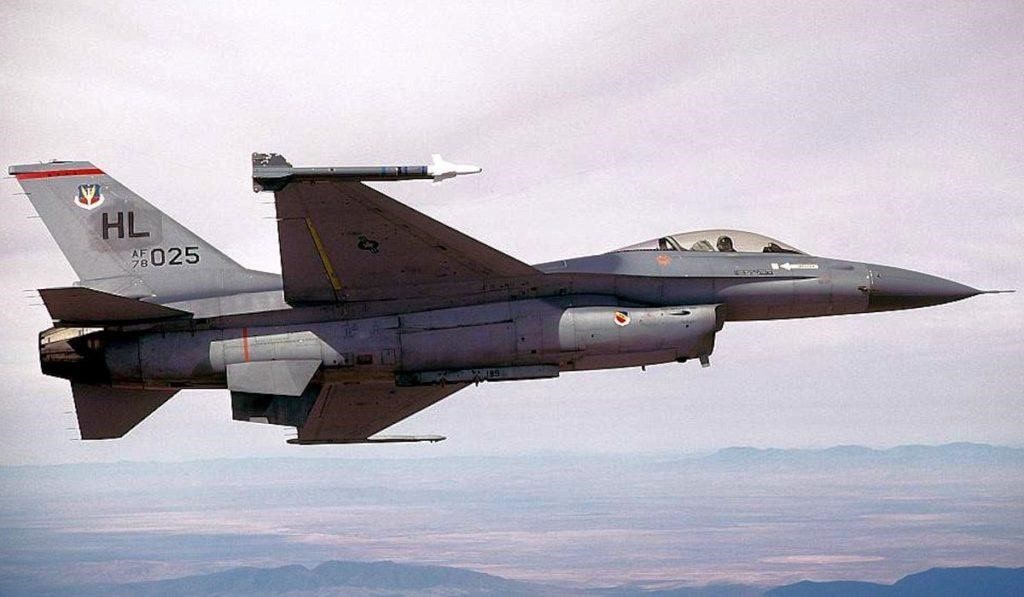
F-16A Block 5 of the US Air Force
F-16A/B BLOCK 5
- Block 5 has the same infrastructure as F-16 Block 1 in terms of avionics
- The combat readiness rate has been increased.
- Initially, 128 units were produced, then a total of 197 units were produced to be upgraded to Block 10 level within the scope of Pacer Loft I and Pacer Loft II projects.
- The black radome, which we encountered in F-16 Block 1, was changed to gray as it provided a great disadvantage in dogfights. This gray color later became the standard.
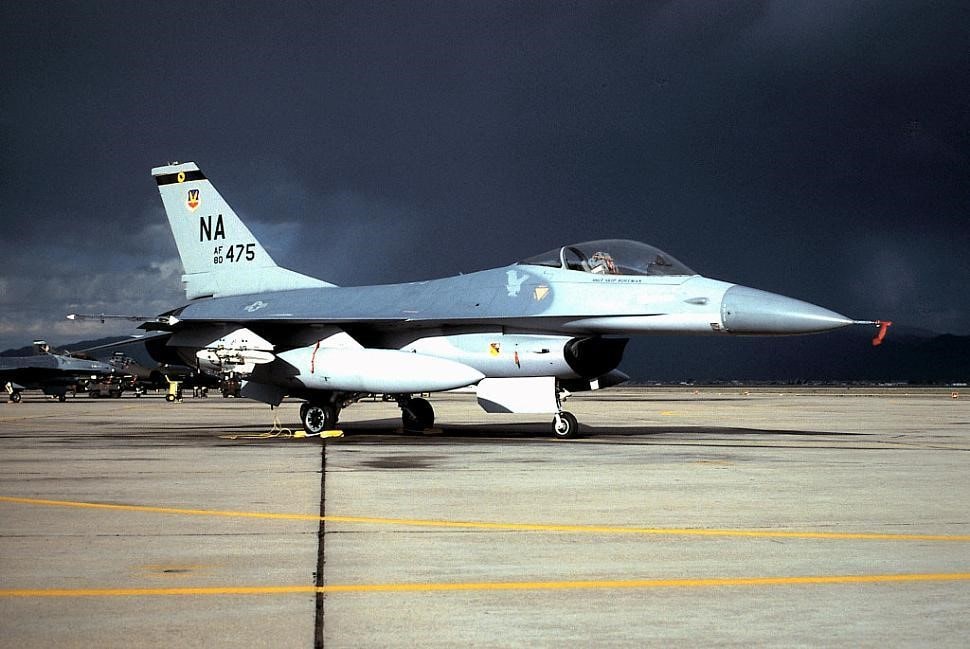
F-16A Block 10 of the US Air Force
F-16A/B BLOCK 10
- 326 were produced.
- Modifications were made to increase the combat readiness rate, which could not be noticed from the outside.
- Compared to the F-16 Block 1 and Block 5, the UHF radio antenna located under the air intake has been reduced.
- The GPU-5A has been modified to carry a 30mm gun to be used for close air support in the USAF (USA) 24 F-16C Block 10 Operation Desert Eagle.
- Later, some American F-16s were modernized to Block 15OCU level.
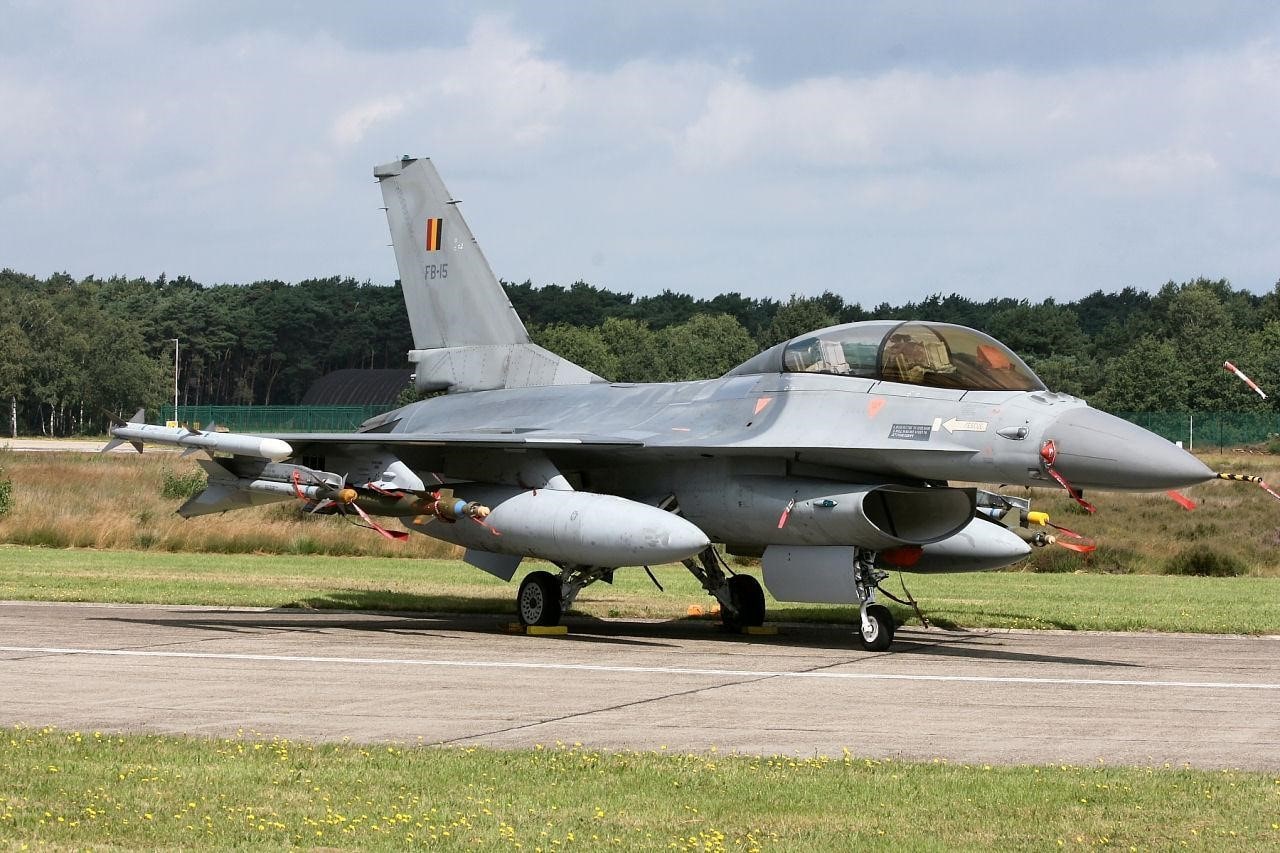
F-16A Block 15 of the Belgian Air Force
F-16A/B BLOCK 15
- A total of 983 units were produced in 14 years, with 3 assembly lines, making it the most produced F-16 model.
- With the changes made with vertical and horizontal stabilization, noticeable changes were made in its external appearance.
- 2 pylons that can carry additional pods are attached to the sides of the air intake.
- With the 30% increased horizontal stabilization area, the control power of the aircraft has been increased.
- Later some American F-16s were modernized to Block 15OCU level.
- The AN/APG-66 radar has a simple version of the Track While Scan (TWS) feature that enhances its air defense capability.
- With the improvements made to carry the AIM-7 Sparrow missile on the wings, the carrying capacity of approximately 500 kg was increased under the wing.
- In order to increase the comfort of the pilot, the ventilation for the cockpit has been changed and the Have Quick I Secure UHF encrypted radio has been installed.